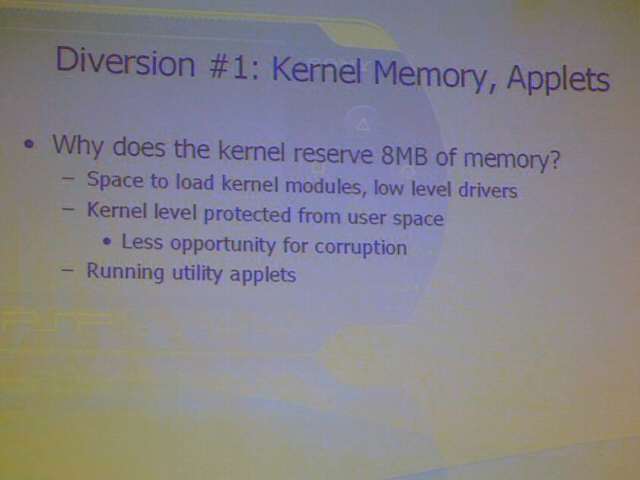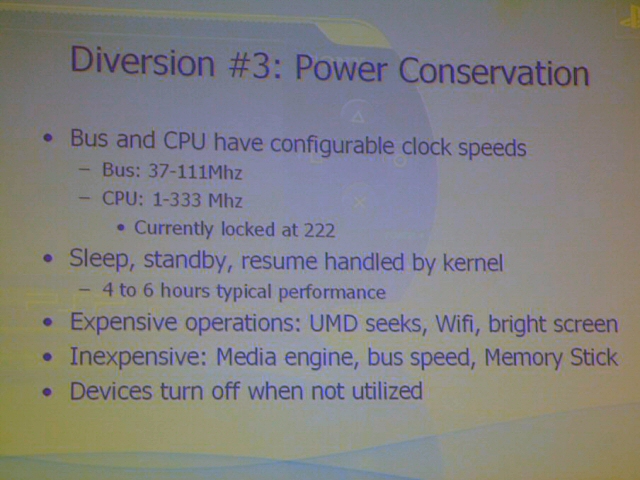How does this relate to the performance figures given for PSP? In terms of polys and Pixels per second is a 222MHz system providing 66% of these specs, or is a 222MHz system = 100% these specs and a boost to 333 MHz will give a 50% performance boost?
Definitely the first one, no way would Sony be conservative in the specs department.


